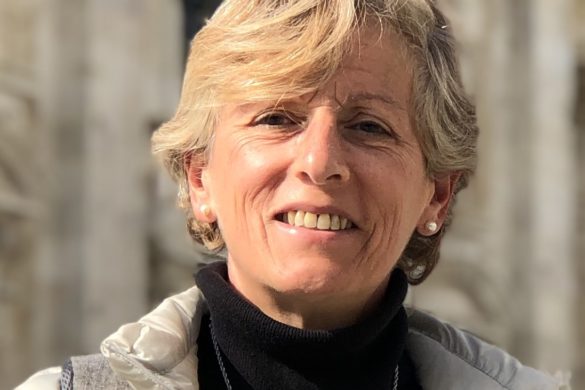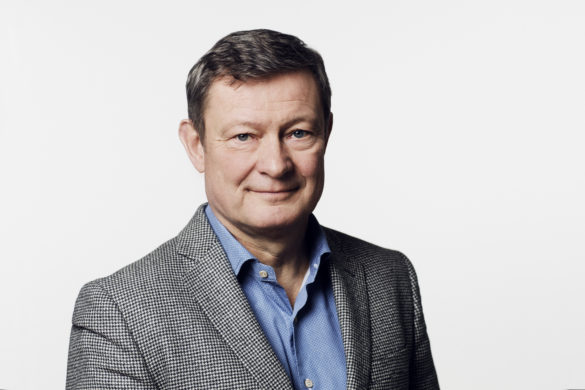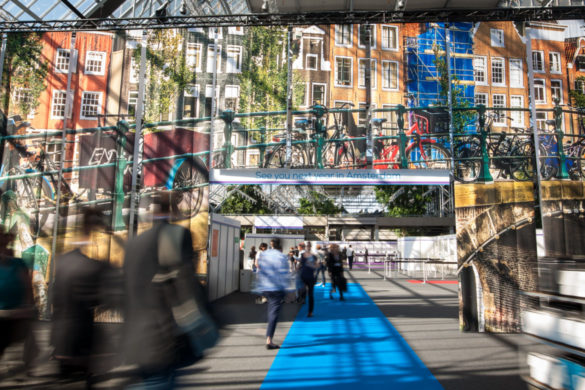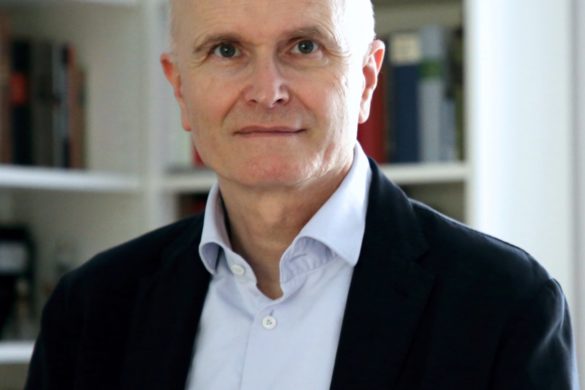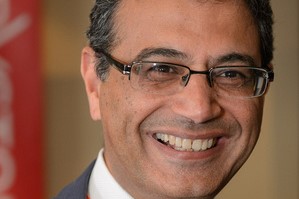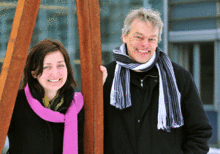 by Nils Erik Gilhus
by Nils Erik Gilhus
The Nobel Prize in physiology and medicine for 2014 has been awarded to three neuroscientists; John O’Keefe, May-Britt Moser and Edvard I. Moser. They have received the prize for their discoveries of cells that constitute a positioning system in the brain.
May-Britt and Edvard Moser is a young, married couple from Trondheim, Norway, that during the last decade has published a series of Science and Nature papers on the grid cells in the entorhinal cortex of the brain. They show how the brain creates a map of the space surrounding us and how we can navigate through a complex environment by using these cells.
We have asked Moser and Moser, how they think their discoveries can be of relevance for neurologists and human brain disease.
Moser&Moser (MM): Grid cells definitely exist also in humans. Brain imaging techniques and studies during neurosurgery have shown that the entorhinal cortex is affected early in Alzheimer’s disease, matching the patients’ spatial memory loss. Grid cells are likely involved in the early stages of the disease. This reflects how specialized cells work together in a complex network, a network that can be influenced by external therapeutic factors.
Nils Erik Gilhus (NEG): You have both a background as psychology students and education in a health professional setting. How has that influenced your research?
MM: Our fascination is the brain and how the brain works. We are eager neuroscientists doing basic research. However, we have a distinct hope and belief that our research can help in laying the foundations for an improved treatment of human disease. Professions like neurology and psychology should represent active links between basic research and patient treatment. At the same time it is of the utmost importance to acknowledge research that increases the general understanding of our own brain independent of any immediate usefulness.
NEG: You have just won the most prestigious scientific prize in the universe and in the most competitive of fields. You are coming from a relatively small university and city located in Trondheim, in a country (Norway) more famous for its cross-country skiers than for its traditions in neuroscience. You are only 51 and 52 years old. How is this possible?
MM: We are dedicated and we have worked hard. Unveiling secrets of the brain together has been and is great fun. The support from our university NTNU has been absolutely necessary. They have invested large amounts in us. We have had excellent research facilities thanks to local, national and international funding and support. At our newly built campus in Trondheim, researchers and clinicians are located together to promote interaction. Norway has a strong tradition in neuroscience and neuromedicine, not only in winter sports. Trondheim has become a stronghold for neuroscience, and also Oslo and Bergen have excellent research groups, linked together in the national initiative NevroNor. With today’s technology, communications and network support it should be possible to build world-leading research groups at smaller institutions throughout Europe, in all European countries. However, institutional funding, support and encouragement over many years is a prerequisite.
NEG: Thank you for your time!
Nils Erik Gilhus is Professor of Neurology in Bergen, Norway.




